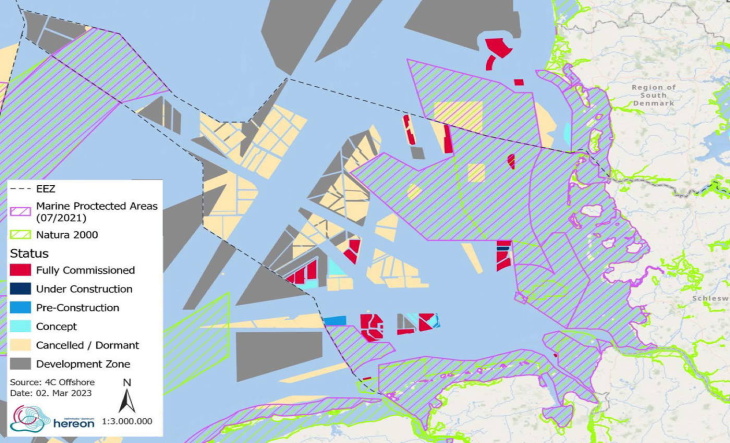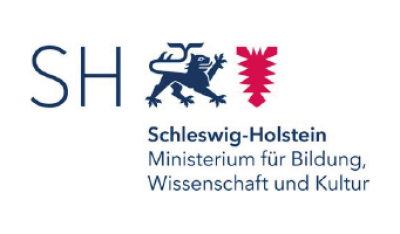DAM Research Mission sustainMare

Satellite picture North- and Baltic Sea, © Hereon ESA/Meris
Stressors on marine and coastal environments can originate from natural changes superimposed on a combination of various human induced impacts.
Human and environmental drivers including changes in hydrographic conditions (water temperatures, currents, sediment transport), physical disturbance and loss of habitats, non-native species, fish mortality, eutrophication, pollution, marine litter, sound from human activities (to name but a few), are highly variable both in type and on different temporal and spatial scales.
sustainMare Products Online!


Wind park areas in the German North Sea EEZ © Hereon
Human induced impacts
Our oceans and coasts are under increasing pressure. Maritime transport is becoming increasingly important and marine resources are increasingly exploited on an industrial scale.
Offshore wind power generation plays an important role in the energy transition and future installation plans and the space required for offshore wind power generation will use a large part of the marine space in the North and Baltic Sea.
Related pressures on marine ecosystems include noise, pollution, consumption and damages to the seabed, changing ocean currents and ecosystem structures. In addition, the ocean is suffering from climate change with increasing temperatures and increasing acidification.
The mission

Map of project areas in the North Sea area, © J. Greinert
Thus, the German Federal Ministry of Education and Research funded the sustainMare Research Mission to adopt a combination of long and short term regional and local approaches to assess overarching human and environmental drivers and their impacts on marine regions and land-ocean transition zones.
This Research Mission primarily focuses on regions in the North Sea and Baltic Sea. In these regions, the following potential drivers will be considered:
Eutrophication, fisheries, shipping (including construction and maintenance of ports and shipping ways), pollutants (including plastics and other types of debris and chemical contaminants), tourism, renewable energy production, extraction of mineral resources, dredging and deposition of sediments, coastal protection measures, and other direct economic impacts.
Obviously, our results will also be significant on a larger, oceanic scale.
The Mission includes 7 collaborative projects with 28 research institutions and more than 280 participants. It will identify the various human use and planning scenarios in selected marine ecosystems and assess basin scale functionality and remote impacts thereon.

Map of project areas in the Baltic Sea area, © J. Greinert
The mission will further develop potential future scenarios in the face of climate change, especially in terms of the future management options dealing with and developing mitigation strategies in an adaptive and integrative management framework.
Effective concepts for the public welfare-oriented, wealth-securing and environmentally friendly use of marine and coastal areas as well as protection concepts for the preservation of biodiversity and natural biotopes are imperative and of great social importance.
download the sustainMare factsheet
here










